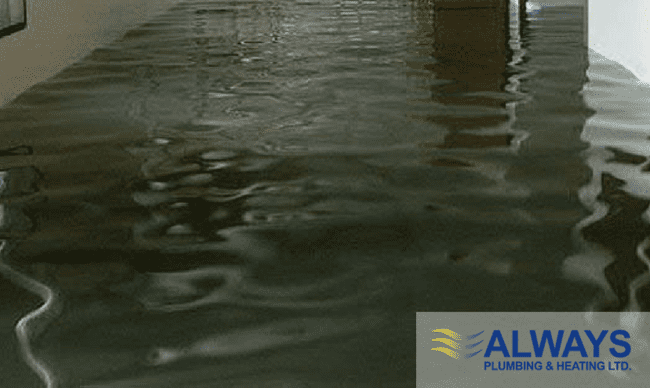A sump pump is designed to keep basements from accumulating water when flooding happens regularly. It also helps to reduce dampness when the water table is above a home’s foundation. There are hundreds of thousands of sump pumps in Canada, making them a fixture in most residences with a basement. With spring on its way, Edmonton households will want to start maintenance for the inevitable thaw – and the rain that follows. Homes that have a finished basement that is furnished or contain appliances will want to make this a priority to ensure they are kept safe from water damage.
Consider following these sump pump maintenance tips in the next few weeks.
Check for Debris: Check the sump pump basin to see if any debris has collected during the winter. Simply shine a flashlight inside to inspect the area for dirt, sediment and other contaminants. Any debris should be removed as it will affect the performance of the pump and could potentially allow it to overflow.
Inspect Check Valve: The check valve (also referred to as the “one way valve”) ensures that water doesn’t reenter the sump pump once it is shut off. The design only allows water (or any liquid) to move in one direction. It is located on the water outlet pipe and the arrow should be pointing away from the pump.
Clean It: Clean out both the relief hole and the impeller. The relief hole (also referred to as the “discharge” or “weep hole”) is a small opening positioned between the discharge and the check valve. It can be cleaned with a Q-Tip or other small cleaning tool. The impeller is the small filter mechanism attached to the sump pump, which can get clogged fairly easily. It should be cleaned after every time the sump pump is used.

A common submersible design.
Test the Pit: Pour a few gallons of water into the sump pit to ensure that it is working properly. A functioning pump should start up automatically and drain the water quickly. Perform this process at least twice, which will help guarantee everything is in working order.
Backup Power: One of the best ways to ensure your basement doesn’t flood is to provide backup power in case of a power outage. The majority of power outages occur during electrical storms – when your home is most likely to become flooded. Installing a battery backup will help ensure the pump is working when you need it most.
Redundant System: A redundant system provides a primary pump as well as a battery backup, which is the best protection against flooding. There are several emergency backup models that are on the market and, depending on your needs, might be a better choice. Speak with your local plumbing professional about options.
Make sure that your home is kept free from flooding and water damage. Check and maintain your sump pump annually to keep it clean and running efficiently. You’ll also want to make sure that it is serviced by a professional at least once a year before the summer or fall. Remember that Always Plumbing & Heating can help you with all of your plumbing needs. Call us at 780-489-8118 to schedule an appointment with a technician today!
Related Blogs:
How to Know When Your Hot Water Tank Needs to Be Replaced
What to Do When There is Flood Damage to Your HVAC System
To request a service appointment, give us a call at 780-489-8118 or contact us online.

